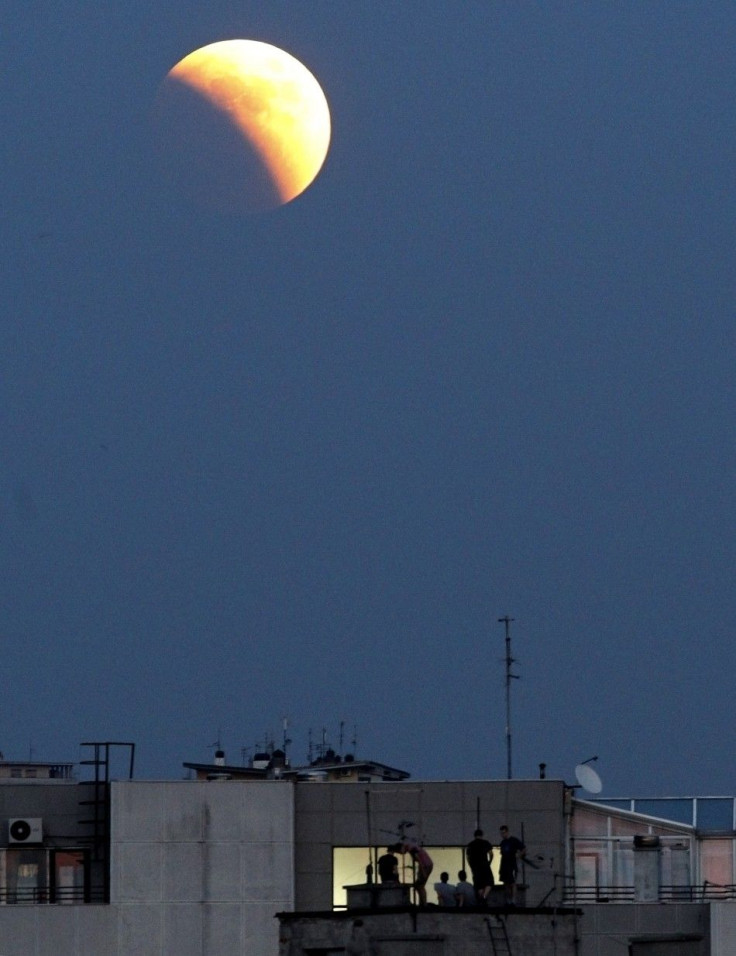When, Where to See Saturday's Total Lunar Eclipse

Saturday morning will yield North America's first total lunar eclipse of 2011, as the moon turns into an incredible photo opportunity and spectacle.
It's called a selenelion, when an eclipsed moon sets as the sun rises and both can be observed at the same time.
The total lunar eclipse will be most visible by those in the western half of the United States on Saturday, with views before dawn Pacific and Mountain Standard time. If clears skies prevail, the moon should be cast in a big shadow, appearing bright red and oversized. Beyond the U.S., those in places like Winnipeg, Guam, eastern Asia and Australia will be able to see it.
If skies remain clear, which only looks like a tossup right now, it could provide some spectacular photo ops, said meteorologist Jan Null of Golden Gate Weather Services, in an interview with USA Today.
Others in the U.S. could see the total lunar eclipse as well, but it will be those in the central portion of the country, and they won't be able to see it as well as those in the west. Others in the eastern portion of the U.S. who want to see the total lunar eclipse will be out of luck. For them, the moon will have set before the total lunar eclipse begins.
The total lunar eclipse is expected to occur from 6:05 to 6:57 a.m. Pacific Standard Time, and it will begin as the moon disappears in the shadow at around 4:45 a.m. Pacific Standard Time.
It will be the last opportunity for Americans to see a total lunar eclipse from the United States until April 15, 2014. The most recent total lunar eclipse occurred on June 15, 2011, but it wasn't visible in the United States.
A total lunar eclipse occurs when the moon travels completely within the Earth's umbra. NASA scientists say this one will be worth watching.
Not only will the moon be beautifully red, it will also be inflated by the moon illusion, NASA scientists said, in a statement. For reasons not fully understood by astronomers or psychologists, low-hanging moons look unnaturally large when they beam through trees, buildings and other foreground objects.
According to Space.com, atmospheric refraction makes it possible to see the rising sun and fully eclipsed moon at the same time.
Atmospheric refraction causes astronomical objects to appear higher in the sky than they are in reality. For example: when you see the sun sitting on the horizon, it is not there really. It's actually below the edge of the horizon, but our atmosphere acts like a lens and bends the sun's image just above the horizon, allowing us to see it, writes Space.com.
The same holds true with the moon, as well.
© Copyright IBTimes 2024. All rights reserved.





















